Imagine you’re painting a door. A regular wedge keeps it open—but only if the door is flat, even, and perfect. Now what if that door is warped, bent, or oddly shaped? Suddenly, that wedge feels useless.
That’s where a composite taper clamp comes in. It’s like the clever doorstop that doesn’t care if the door is crooked—it adapts, grips, and holds steady.
Most clamps? They’re bullies. Push too hard, block your access, slip when things get tricky. A composite taper clamp? It’s the friend with a firm handshake—strong, adaptable, and never crushing.
Here’s why it matters for your shop:
-
Freedom to machine everything. Its ultra-low profile means the top surface stays wide open. No more awkward repositions or blocked toolpaths.
-
Peace of mind with tricky shapes. Irregular plates, curved parts, composites—it cradles them instead of fighting them.
-
Fewer mistakes. No slippage, no vibration, no distortion. Just clean, accurate cuts.
-
Speed without shortcuts. Quick setup, quick release. Perfect for shops juggling custom jobs every day.
And the industries that swear by it? Aerospace teams who can’t risk a single flawed cut. Automotive machinists working against the clock. Even sculptors and prototype labs, where every part looks different from the last.
A composite taper clamp isn’t a spec sheet—it’s a secret advantage. One of those quiet, reliable tools that keeps disasters away, saves hours you didn’t know you were losing, and lets you sleep easy before delivery day.
👉 Sometimes, the smartest tool is the one you barely notice—until you realize it’s been saving you all along.

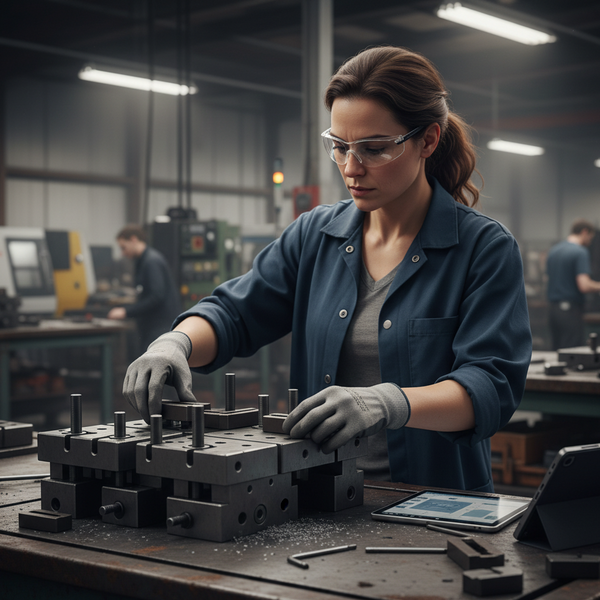


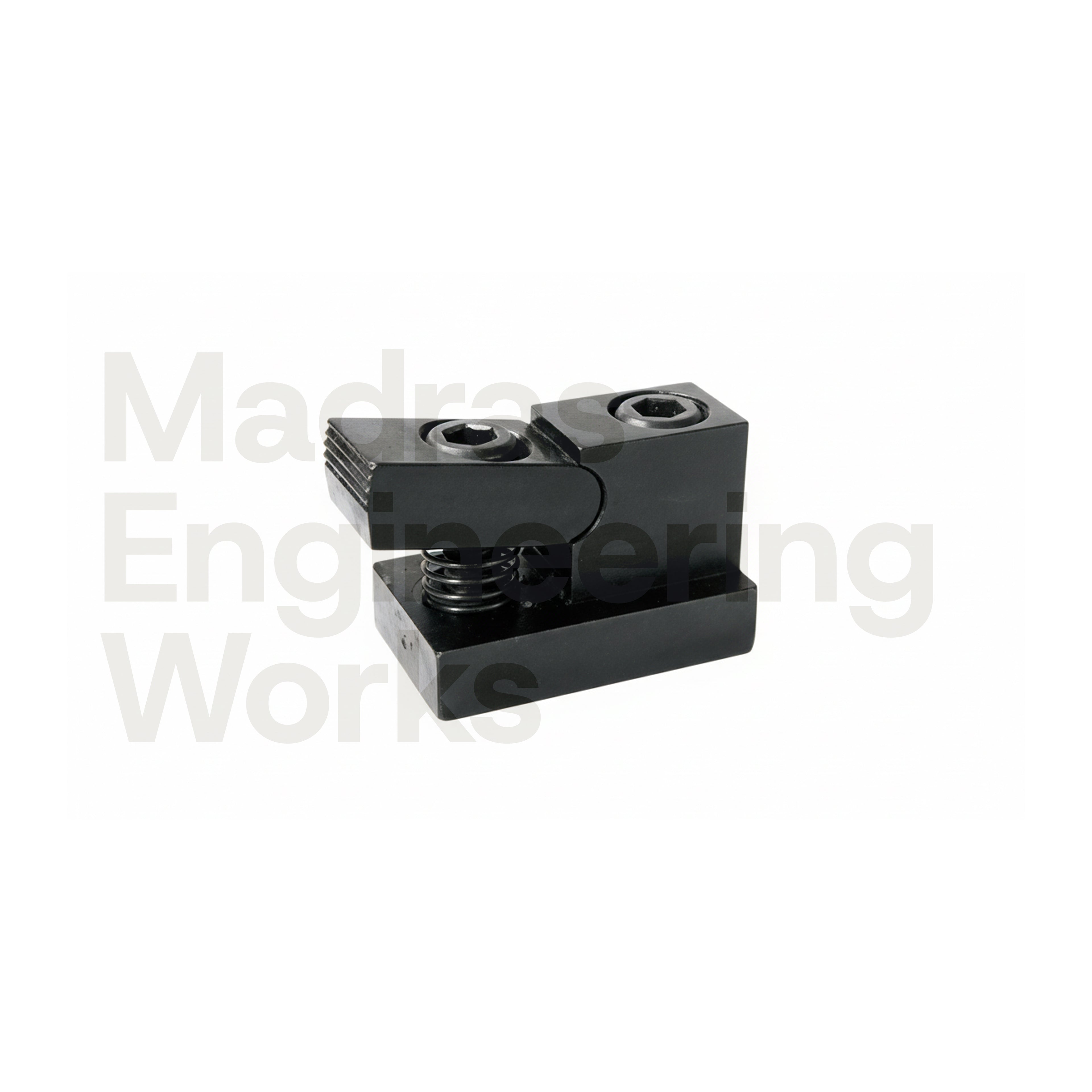
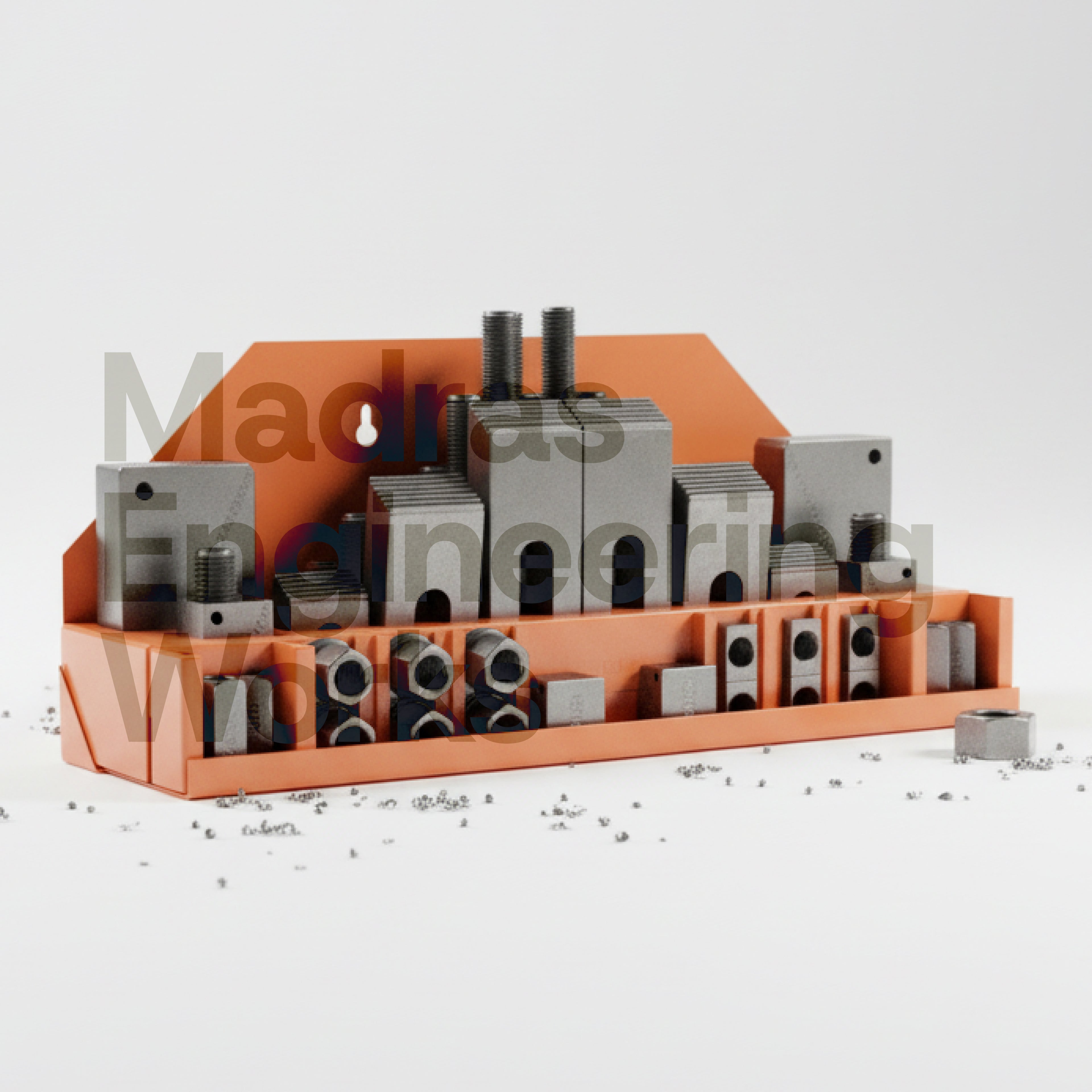
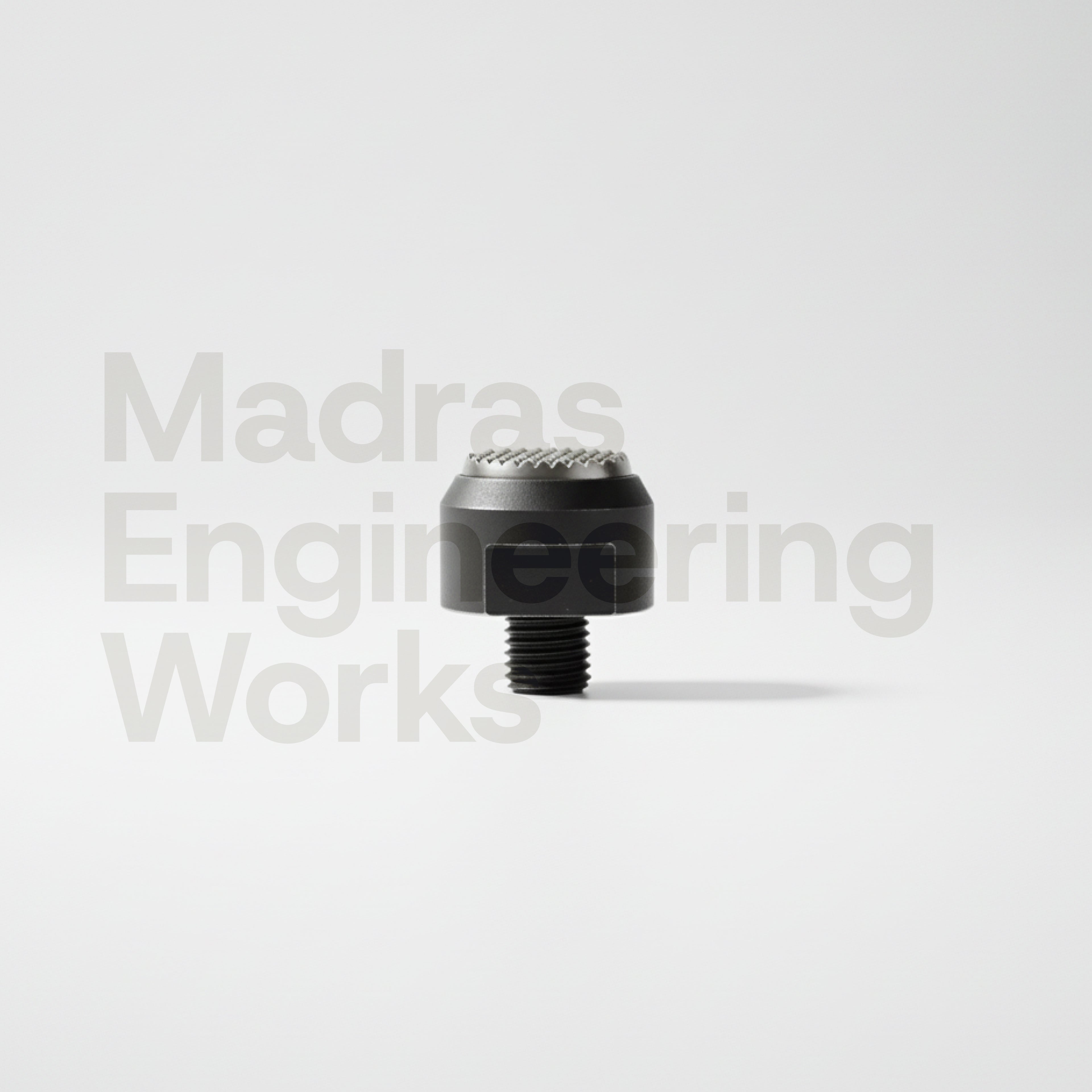
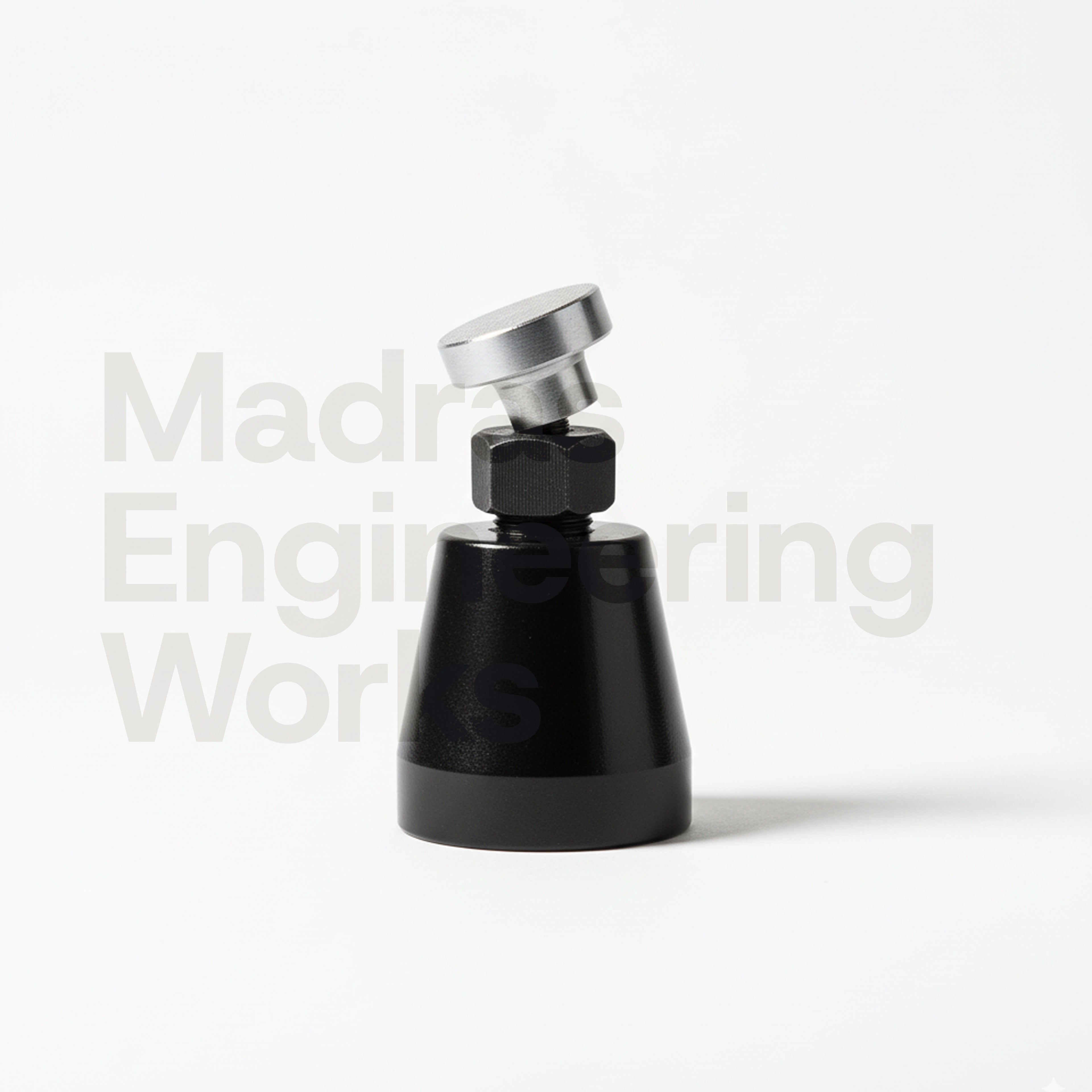
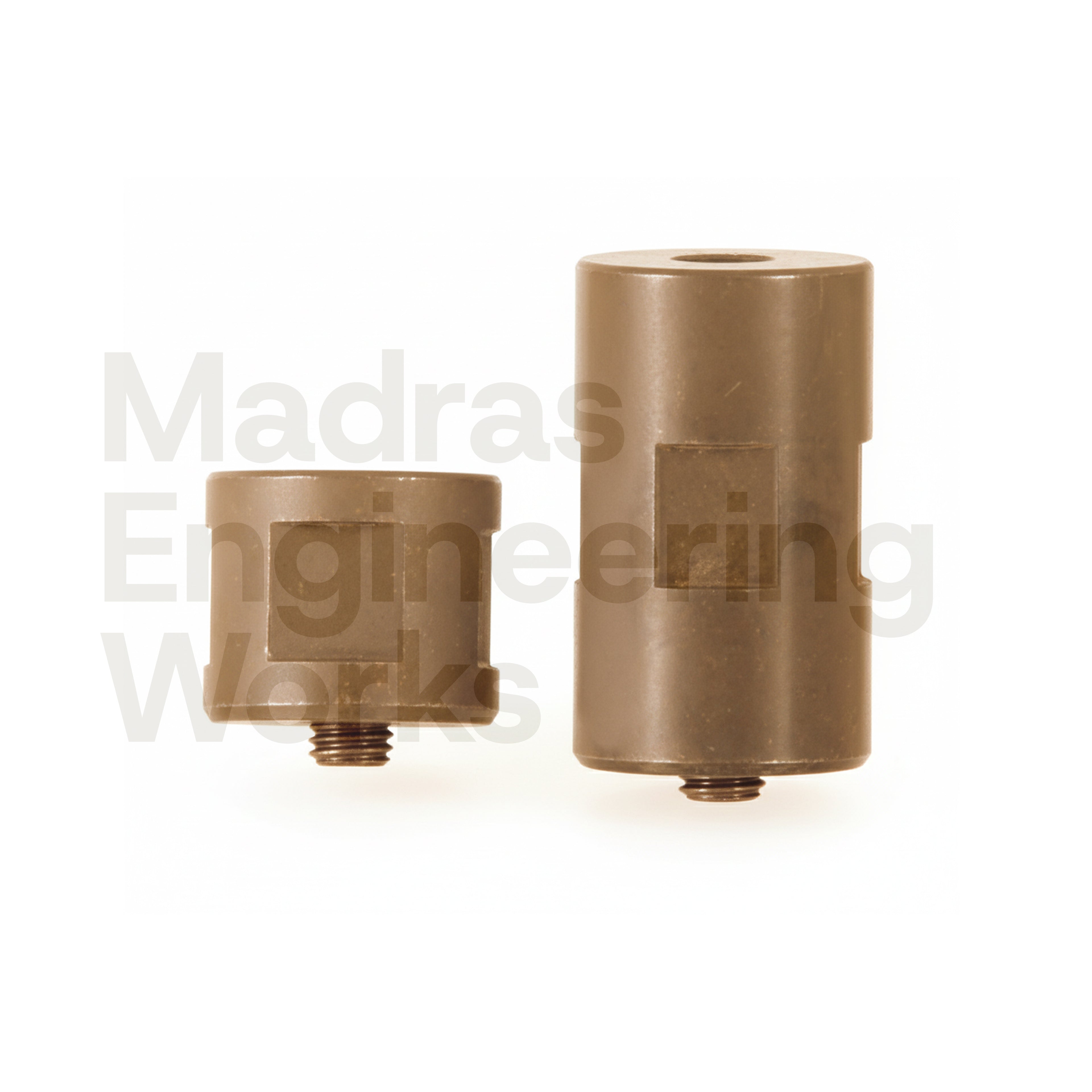
0 comments